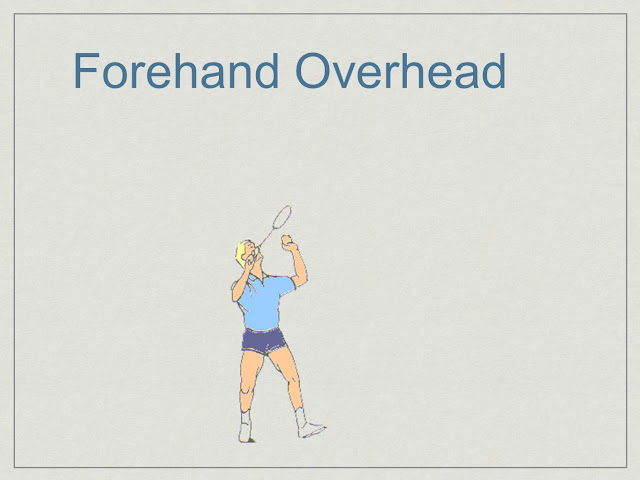Basic Guide to VOLLEYBALL
The Basics!Volleyball players hit a ball over a net using any part of their bodies in an effort to score points. Points are scored only by the serving team when the receiving team is either unable to return the volleyball over the net or prevent it from touching the court surface. Each score is worth one point. The first team to score twenty-five points by a margin of two points, up to a maximum of twenty-seven, wins the game, or set. (No scoring cap applies to the final game of a match, it must be won by at least two points.) The team that wins two out of three sets wins the volleyball match.What's Needed?A volleyball, sneakers, shorts, and team jersey. (Knee pads are optional.) How Long Is A Match?There is no set time limit for a volleyball match, as each game is played to twenty-five points. Team captains flip a coin to determine which side will serve first. There are two-minute breaks between each game; teams switch court sides after each break. Teams are permitted two thirty-second time-outs per game and may use them when the ball is not in play.Dig, Set And Spike!
The Serve - Begins play. A legal serve takes place when the ball completely clears the net and drops within the boundary of the opposite court. A missed serve counts as a fault, and possession of the ball is turned over to the other team as a side out. When serving, players may use an underarm, sidearm, or overhand motion to strike the ball while either standing in a stationary position or jumping in the air. The server may not step over the end line onto the court until he or she has struck the ball.
The Overheadd Pass (or Volley) - The most basic technique used in striking the ball. On the overhead pass, players hit the ball with open palms using their fingers to direct the ball up in the air toward teammates. The volley can be used for either passing the ball or for sending it over the net.
The Forearm Pass (or Dig) - A type of shot players use when receiving a serve or playing a hard, low hit ball. The player positions his or her body low toward the ground, extending his or her forearms underneath the ball to pass it up toward the “setter.” The dig is often the first action in “classic three hit” volleyball.
The Set - An overhead pass in which the setter directs the ball upward with a high arc toward front-line players at the net. The set follows the dig and precedes the spike in a three hit volley.
The Spike (or Smash) - The most aggressive shot in the game. The spike is a powerful overhand smash into the opposite court performed by front-line players. The spiker steps toward the net, jumps high in the air, and swings his or her arm powerfully toward the ball to slam it down. The spiker must be careful not to touch the net.
The Block - A defensive play in which players jump high in the air to block the ball back into the opposing court. Blocking is only done by front-line players since the ball is hit while it is above the net. The block does not count as a hit. Therefore, if the ball remains on the blocking team’s court, the team still has three touches to get the ball back over the net. Side Out!
Fault - A violation of any rule of play. If the serving team commits a fault or fails to get the ball in the opposite court, a side out is awarded to the non-offending team. If the non-serving team faults, the serving side wins a point. Some examples of faults are: if a team touches the ball more than three times in succession before sending it over the net; if a player holds, carries, lifts, or double hits the ball; if a player touches the net with any part of his or her body or if any part of the body crosses the center line; or if the ball touches out-of-bounds, or a net antenna.



































